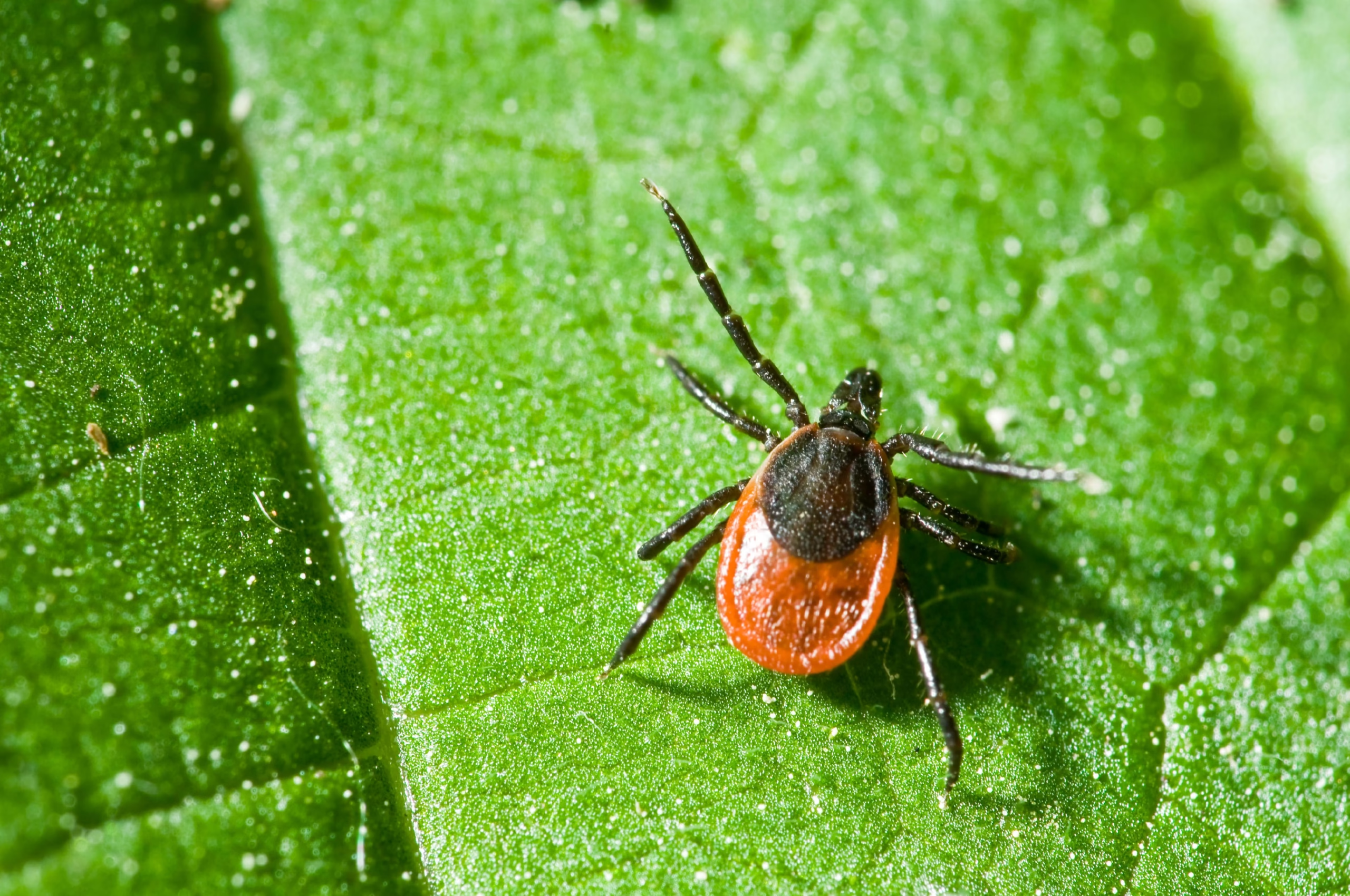Lyme disease is one of the most commonly reported vector-borne illnesses in the United States and Europe. Caused by the bacterium *Borrelia burgdorferi* and transmitted through the bite of infected black-legged ticks, Lyme disease can affect various systems in the body, including the skin, joints, heart, and nervous system. If left untreated, it can lead to severe complications. In this comprehensive article, we’ll explore the symptoms, treatment options, prevention strategies, and natural remedies to help you better understand and manage Lyme disease.
What Is Lyme Disease?
Lyme disease is an infectious disease primarily spread through tick bites, particularly from the black-legged tick (commonly known as the deer tick). It’s caused by a spiral-shaped bacterium called *Borrelia burgdorferi*. When a tick carrying this bacterium bites a human, it can transmit the infection. The disease is most common in wooded or grassy areas, especially in the northeastern and upper Midwestern United States, as well as parts of Europe and Asia.
Symptoms of Lyme Disease
The symptoms of Lyme disease can vary widely depending on how far the infection has progressed. It typically presents in three stages: early localized, early disseminated, and late disseminated.
1. Early Localized Stage (3-30 Days After Tick Bite)
– **Erythema migrans (EM)**: A red, expanding bull’s-eye rash at the site of the tick bite. This occurs in about 70-80% of infected people.
– **Flu-like symptoms**: Fever, chills, fatigue, headache, muscle and joint aches, and swollen lymph nodes.
2. Early Disseminated Stage (Days to Weeks After Infection)
– Multiple EM lesions on other parts of the body.
– Facial palsy (loss of muscle tone or droop on one or both sides of the face).
– Severe headaches and neck stiffness due to meningitis.
– Pain and swelling in large joints.
– Heart palpitations or irregular heartbeat (Lyme carditis).
3. Late Disseminated Stage (Months to Years After Infection)
– Arthritis with severe joint pain and swelling, particularly in the knees.
– Neurological problems: Numbness, tingling, memory issues, mood changes, and sleep disturbances.
– Chronic fatigue or fibromyalgia-like symptoms.
How Is Lyme Disease Diagnosed?
Doctors use a combination of clinical symptoms and laboratory tests to diagnose Lyme disease. The most common tests include:
– **ELISA test**: A blood test to detect antibodies to *Borrelia burgdorferi*.
– **Western blot test**: Confirmatory test to identify specific proteins related to the Lyme bacteria.
It’s important to note that testing is most accurate a few weeks after infection when antibodies are present.
Treatment for Lyme Disease
Antibiotics are the primary treatment for Lyme disease. Early treatment is crucial to prevent complications.
1. Oral Antibiotics
– **Doxycycline**: Most commonly prescribed for adults and children over 8 years.
– **Amoxicillin or Cefuroxime**: Alternatives for younger children and pregnant women.
Duration: Typically 10-21 days depending on the stage and symptoms.
2. Intravenous Antibiotics
Used for more severe cases, especially when neurological or cardiac involvement is detected. These may be administered for 14–28 days.
3. Symptom-Specific Supportive Treatments
– Pain management: NSAIDs, physical therapy, or low-impact exercise.
– Neurological therapy: Cognitive behavioral therapy or medications to manage nerve pain.
Can Lyme Disease Be Prevented?
Yes! The best way to protect yourself from Lyme disease is to avoid tick bites and take preventive actions:
– Wear long sleeves and pants when in wooded areas.
– Use insect repellents containing DEET or permethrin.
– Stay on marked trails and avoid tall grasses.
– Perform full-body tick checks after spending time outdoors.
– Shower within two hours of being outdoors.
– Remove ticks promptly with fine-tipped tweezers.
Natural Remedies and Holistic Support
While antibiotics are essential for treating Lyme disease, some people choose to incorporate natural remedies to support their immune system, reduce inflammation, and manage chronic symptoms.
1. Herbal Remedies
– **Japanese Knotweed**: Contains resveratrol and may help reduce inflammation.
– **Cat’s Claw**: Supports the immune system.
– **Andrographis**: Known for antibacterial and antiviral properties.
Always consult with a healthcare provider before using herbal remedies, especially if you’re on antibiotics.
2. Diet and Nutrition
– Eat an anti-inflammatory diet rich in leafy greens, fruits, omega-3s, and lean protein.
– Avoid processed foods and excess sugar.
– Consider probiotics to support gut health during antibiotic treatment.
3. Lifestyle and Supportive Therapies
– Practice gentle exercise like yoga or walking to reduce joint stiffness.
– Prioritize sleep and stress management through mindfulness or meditation.
– Support detoxification with plenty of water and antioxidant-rich foods
When to See a Doctor
If you’ve been bitten by a tick and develop any symptoms like rash, fever, or fatigue, it’s crucial to consult a healthcare provider. Early diagnosis and treatment can prevent serious complications.
Final Thoughts
Lyme disease is a serious but treatable condition. With early diagnosis, appropriate medical care, and supportive remedies, many people recover fully. Understanding the symptoms, practicing prevention, and exploring holistic support can go a long way in managing the impact of Lyme disease.
Recommended Product for Sleep Well-Being
Enhance your sleep with this [Solution], designed to promote relaxation and comfort. Take the first step towards better sleep tonight.


